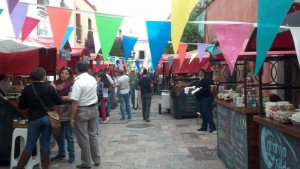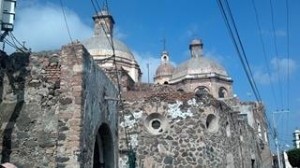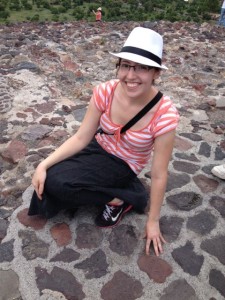
On Friday we all headed out to Mexico City, starting with an afternoon in Teotihuacan to climb the pyramids. It was interesting to learn about the ancient cultural practices of the area, although the thought of the many human sacrifices made there through the years was disturbing.
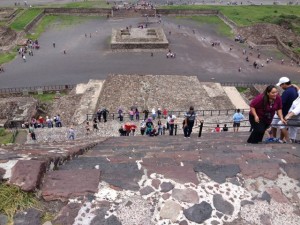
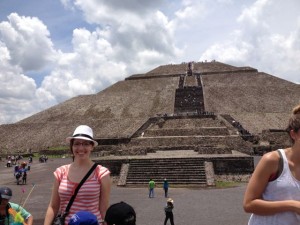
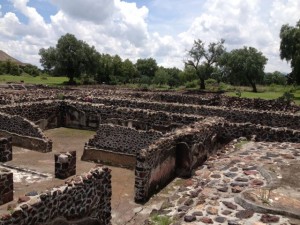
The building ruins were quite interesting to me as well. You normally see pictures and hear about the pyramids and the sacrifices, but rarely about the surrounding buildings and the people who actually once lived there. I didn’t understand everything that our guide told us, but of other ancient civilizations where those of high status lived closest to the cultural centers- places of religious or governmental importance.
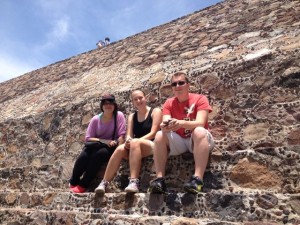
I decided that these stone steps were bleachers, as they have the right configuration. Seeing as how they are facing another temple, I think they might have been for the powerful people of the day to sit and watch the sacrifices, but I don’t know for sure.
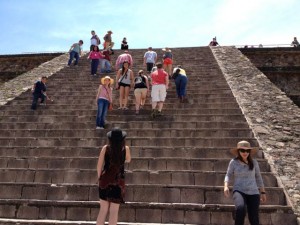
An interesting thing about modern Teotihuacan is the over-abundance of vendors. There are people everywhere shoving their merchandise in your face and offering low prices. Further from the pyramids there are established stalls offering the same goods (mostly) for higher prices, and areas with swarms of waiters pushing menus in you face. The sellers are for the most part indigenous people but unlike the street vendors in Querétaro, they were not dressed in traditional clothing.
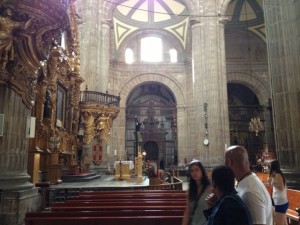
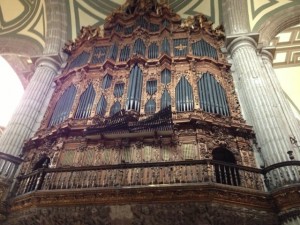
The next day in Mexico City we took a walking tour of town, starting with the Metropolitan Cathedral which is as large and ornate as any in Europe, but a different style. It was constructed over a period of many years and contains many chapels dedicated to different saints as well as two beautiful pipe organs. It is still in active use, and there were in fact two different services in progress while we were visiting (Sat morning about 10am)
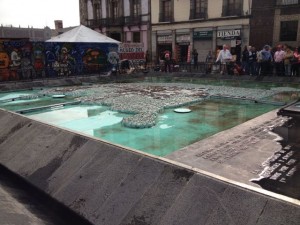
This was very interesting, a representation of the original island Tenochtitlán made as a monument next to the cathedral.
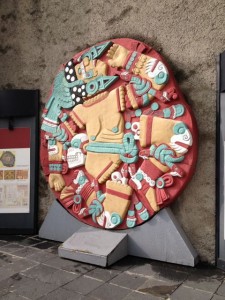
A representation of the original piece, done in the original coloring. This carving was in the original Templo Mayor, and tells a (fairly gruesome) legend from the Aztec beliefs. The stone depicts the moon goddess Coyolxauhqu who led an attack by her siblings against her mother, the earth goddess Coatlicue for becoming pregnant by a hummingbird. The child sprang out as a fully grown warrior to protect his mother and dismembered Coyolxauhqu, placing her head in the sky as a comfort to her mother. It is thought that after their hearts were remover, human sacrifices were thrown down the steps (to where the disk was placed) and dismembered as Coyolxauhqu was, and their heads separated to the skull rack representing her head.
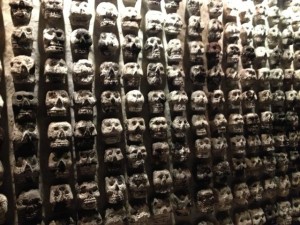
A wall of skulls covered over in plaster from the original Templo Mayor, now at the nearby museum.
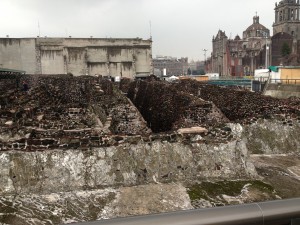
Like the nearby cathedral, the Templo Mayor was built is stages, but it is far older and was the central sacred place of Aztec Tenochtitlán. The first temple was built around 1325, and the seventh and last before Hernán Cortéz arrived in 1519. Thousands of human sacrifices were made here over the years and many ancient offerings have been found.
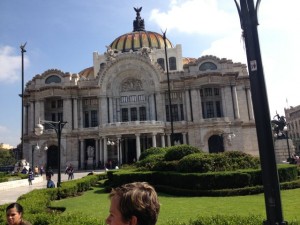
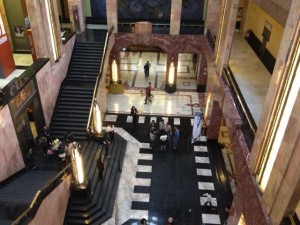
The Palacio des Bellas Artes is an important part of the historic center of Mexico City. The museum is built in a style reminiscent of the French, castles complete with miniature gardens and abundant marble and statues. It contains the National Theater, and murals by famous Mexican artists such as Diego Riviera and David Alfaro Siqueiros.
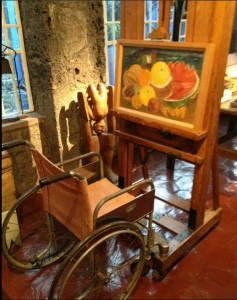
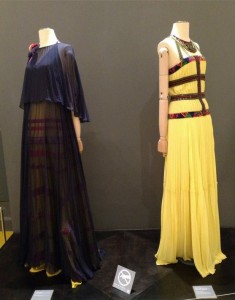
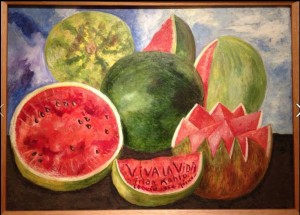
Our last stop on Saturday was to visit the Frida Kahlo Museum. I have learned a lot about Frida Kahlo in various art and Spanish classes, so it was really interesting to see her house and her art. Some of her art verged on disturbing, but there was a lost of interesting history in her house, and some traditional art that she had collected as well. One thing that I found fascinating was an article framed on the wall talking about Mexican high society and comparing it to that of England and East Coast America, with “drawing room teas” and the like. Her clothing was neat to see as well, and I loved the blend of tradition and fashion that she exhibited.
On Sunday we went to the Chapultepec castle, and then the National Anthropological Museum. They were both fascinating and full of history, but we were all a bit tired by then.
In my ESOL class we visited an English class again, and interviewed them about their education in Mexico, especially their experiences with learning English. It was really very interesting. It was quite obvious from listening to them that there is a big difference between the quality of public and private education in Mexico. In the US, private schools often offer a more specialized type of education or are religiously oriented, but in Mexico they offer a much higher quality education. A Mexican public school might have 50 students in one class with one teacher, where a private school would have 20 students and offer English classes from elementary. According to the students (and logic) it is very very difficult to learn much in a Mexican public school because there are simply too many students for the teachers to provide any sort of one-on-one guidance or tailoring. I would really like to teach in another country some day, but I don’t think I could deal with having 50 students at one time. Even the thought of it is overwhelming.
![IMG_2075[1]](https://wou.edu/wp/studentsabroad/files/2013/08/IMG_20751-300x225.jpg) These are the ruins in Mexico City. I like this picture because it shows the old and the new. In the back you can see the big cathedral built from the stones of these ruins.
These are the ruins in Mexico City. I like this picture because it shows the old and the new. In the back you can see the big cathedral built from the stones of these ruins.
![IMG_2064[1]](https://wou.edu/wp/studentsabroad/files/2013/08/IMG_20641-300x225.jpg)
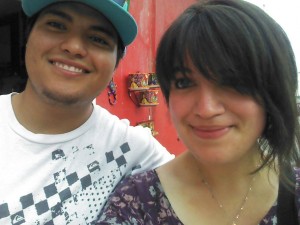
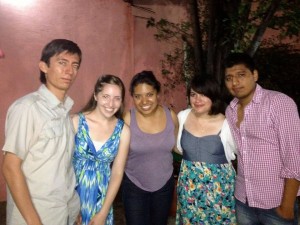
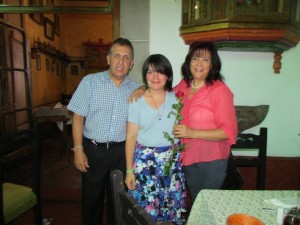
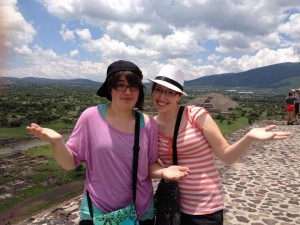
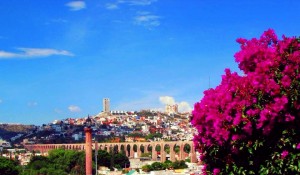
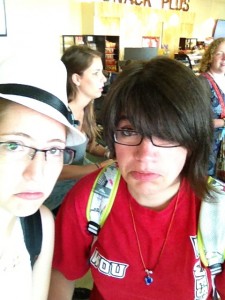
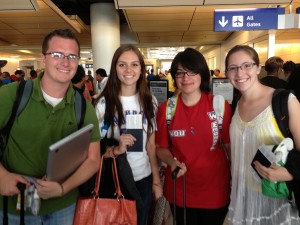

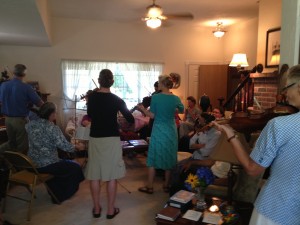

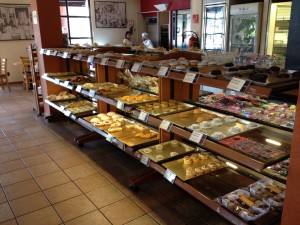
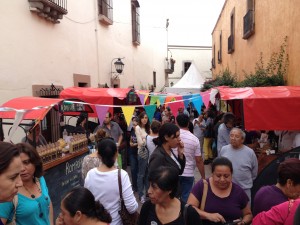
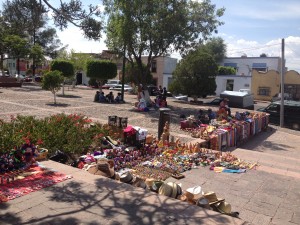
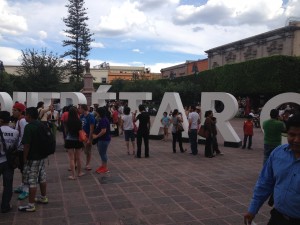
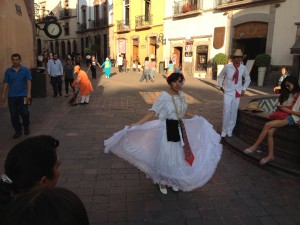
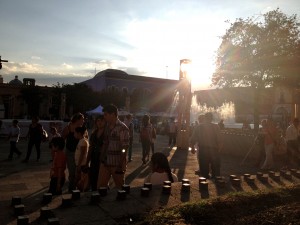
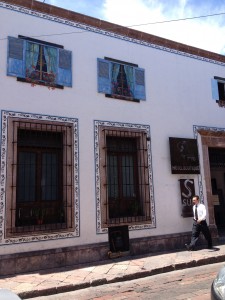
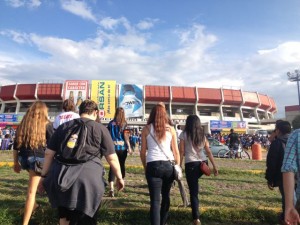
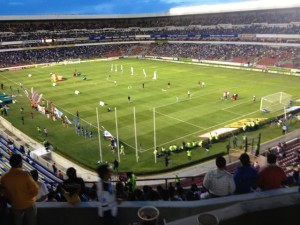
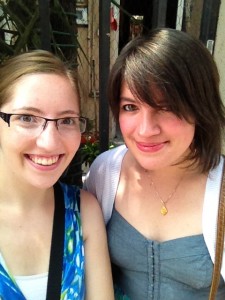
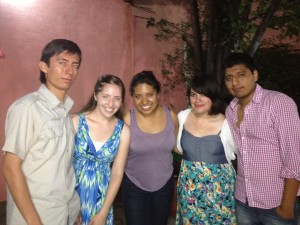
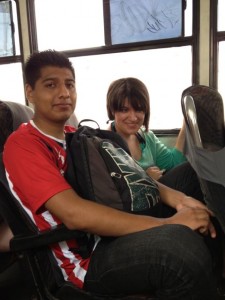
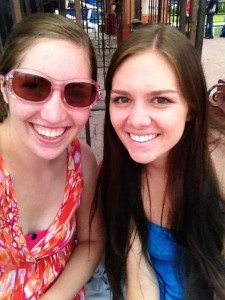
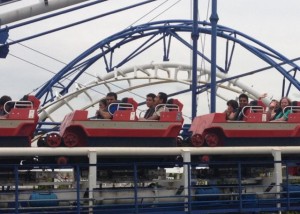
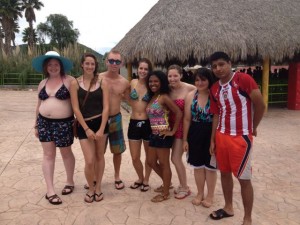
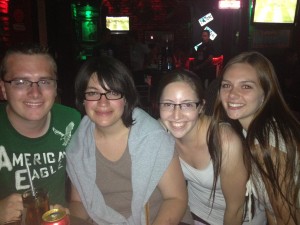

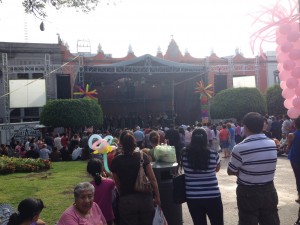
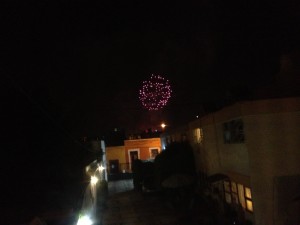

















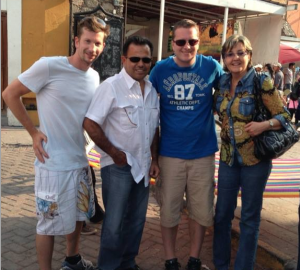
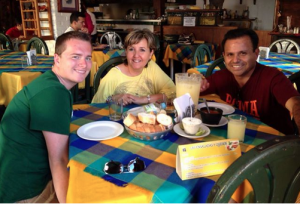
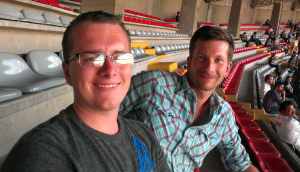


![IMG_1982[1]](https://wou.edu/wp/studentsabroad/files/2013/08/IMG_19821-e1375754434286-225x300.jpg)

